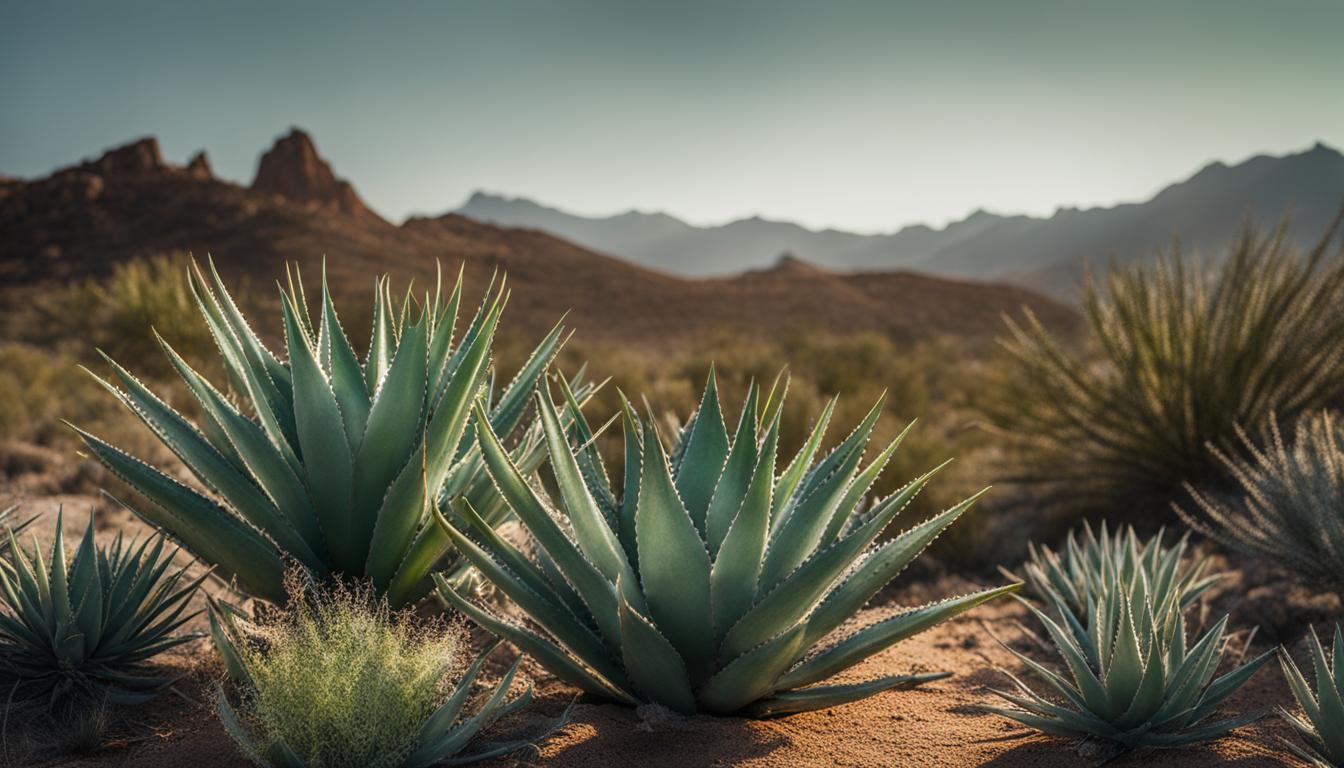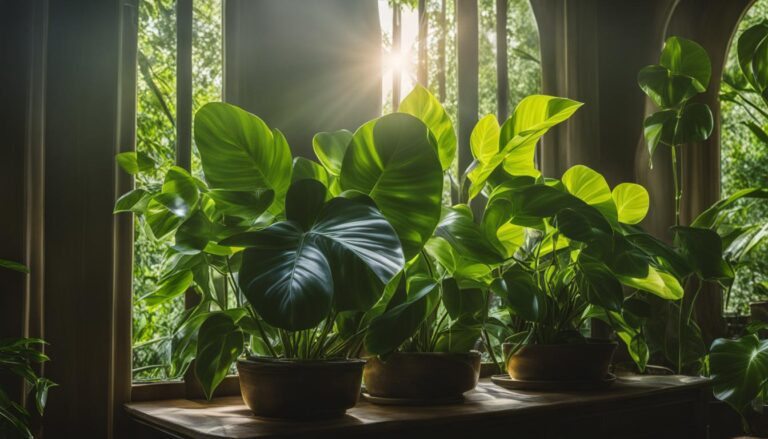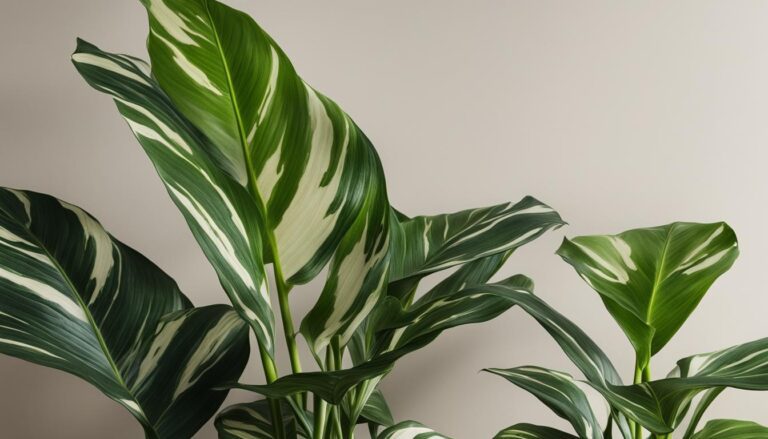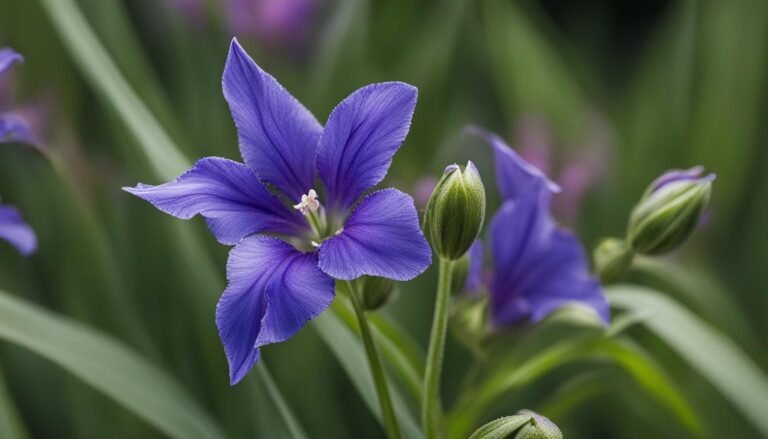
Welcome to my guide on Lace Aloe (Aloe aristata) growth. Lace Aloe is a remarkable succulent plant that is highly coveted among plant enthusiasts. With its unique characteristics and numerous benefits, it has become a popular choice for indoor and outdoor gardens.
In this article, I will share valuable insights and plant care tips to help you successfully cultivate Lace Aloe and witness its beautiful growth.
As a low-maintenance houseplant, Lace Aloe (Aloe aristata) is perfect for those who want to add a touch of greenery to their surroundings without the hassle of constant upkeep.
It is a succulent plant that thrives in drought-tolerant conditions, making it ideal for both indoor and outdoor settings. Whether you have a succulent garden or a small pot on your windowsill, Lace Aloe will thrive with minimal care.
In the sections to follow, I will delve deeper into topics such as choosing the right Lace Aloe variety, planting and care tips, as well as the benefits of growing this remarkable succulent. So let’s begin our journey of unlocking the secrets of Lace Aloe growth together!
Choosing the Right Lace Aloe Variety
When it comes to selecting a Lace Aloe variety, there are a few options to consider. Each variety comes with its own unique characteristics and benefits, allowing you to find the perfect fit for your preferences and needs.
Aloe Barbadensis Miller: This variety, also known as Aloe Vera, is highly popular for its healing properties and abundant gel content. It is a versatile plant that can be used for medicinal purposes, such as soothing skin irritations and promoting healing.
Aloe Vera Chinensis: With its striking blue-green leaves, the Aloe Vera Chinensis adds a touch of elegance to any collection. It also has a soothing gel that can be used for various skincare applications, making it a valuable addition to your indoor garden.
Aloe Humilis: If you’re looking for a low-growing Lace Aloe variety, the Aloe Humilis is a great choice. It forms attractive rosettes of spiky leaves, making it perfect for rock gardens or as a ground cover in your outdoor space.
Aloe Vera Humilis: The Aloe Vera Humilis is a compact Lace Aloe variety that thrives in arid conditions. It features small rosettes of blue-green leaves and adds beauty and resilience to any succulent garden.
Each Lace Aloe variety brings its own charm and benefits, so take the time to explore these options and choose the one that resonates with you.
Whether you’re drawn to the healing properties of Aloe Barbadensis Miller or the unique appearance of Aloe Vera Chinensis, incorporating these varieties into your plant collection is sure to enhance your indoor or outdoor space.
Planting and Care Tips for Lace Aloe
Proper planting and care are essential for the healthy growth of Lace Aloe. Follow these tips to ensure your plant thrives:
Soil and Drainage
Plant Lace Aloe in a well-draining soil mix that replicates its natural habitat. To achieve this, combine potting soil with coarse sand or perlite. This will help prevent waterlogged soil and avoid root rot.
Potting Size
Choose a pot that provides enough space for the roots to spread comfortably. A pot that is too small can restrict growth, while a pot that is too large can retain excess moisture. Aim for a pot that is slightly larger than the plant’s root system.
Planting Location
Lace Aloe thrives in bright, indirect light. For indoor growth, place it near a south- or west-facing window to ensure it receives ample sunlight. If growing outdoors, select a location that receives full sun in the morning and afternoon but offers shade during the hottest parts of the day.
Ensure the planting location provides adequate airflow to prevent humidity buildup, which can lead to fungal diseases. Good air circulation also helps maintain the plant’s overall health.
Watering and Fertilizing
Lace Aloe is a drought-tolerant plant and should be watered sparingly. Allow the soil to dry out completely between waterings, as overwatering can cause root rot. As a general rule, water the plant once every two to four weeks, adjusting the frequency based on environmental conditions.
During the spring and summer months, fertilize Lace Aloe with a balanced fertilizer diluted to half the recommended strength. Apply the fertilizer once a month to provide essential nutrients for healthy growth.
Pests and Diseases
Regularly inspect your Lace Aloe plant for pests and diseases, such as mealybugs or scale. If you notice any signs of infestation, treat the affected areas immediately to prevent further damage. Using insecticidal soap or a homemade solution of water and dish soap can help eliminate pests.
Overall, with the right planting and care, Lace Aloe can thrive and bring beauty to your indoor or outdoor space. Follow these tips to ensure your plant remains healthy and vibrant.
The Benefits of Growing Lace Aloe
As an avid gardener, I have discovered numerous benefits of growing Lace Aloe (Aloe aristata) in my collection. Beyond its striking appearance with delicate white spots resembling lacework, this succulent plant offers a range of practical advantages.
One of the key benefits of Lace Aloe is its healing properties. The gel-like substance found in its leaves contains an abundance of vitamins, minerals, and antioxidants, making it a valuable plant for natural remedies.
When applied topically, Lace Aloe gel soothes and heals various skin irritations, burns, and minor cuts. Its moisturizing properties also contribute to improved skin health.
Another advantage of Lace Aloe is its low-maintenance nature. This plant requires minimal care, making it ideal for those who want to enjoy the beauty of nature without constant attention. With its ability to thrive in arid conditions and its resilience to drought, Lace Aloe is a perfect choice for both experienced gardeners and beginners.
In addition to its healing properties and low-maintenance nature, Lace Aloe is non-toxic to both humans and pets. This makes it a safe option for households with children or animals. You can enjoy the visual appeal of Lace Aloe without worrying about any potential harm.
Growing Lace Aloe offers a rewarding experience with practical benefits. From its healing properties that contribute to skin health to its low-maintenance nature, Lace Aloe is a versatile plant that enhances any collection.
Its unique appearance and non-toxic nature make it an excellent choice for both indoor and outdoor gardens. Discover the wonders of Lace Aloe and enjoy the benefits it brings to your space.
FAQ
How often should I water Lace Aloe?
Lace Aloe is a drought-tolerant plant and should be watered infrequently. Allow the soil to dry out completely between waterings to prevent overwatering, which can lead to root rot.
How much sunlight does Lace Aloe need?
Lace Aloe thrives in bright, indirect light. It is ideal to place it near a south- or west-facing window for indoor growth. Outdoors, choose a location that receives full sun in the morning and afternoon, while providing shade during the hottest parts of the day.
Can I use Lace Aloe gel for skin care?
Yes! Lace Aloe gel is rich in vitamins, minerals, and antioxidants, making it beneficial for skin health. It can be used topically to soothe and heal skin irritations, burns, and minor cuts. It also has moisturizing properties that can improve overall skin health.
Is Lace Aloe safe for pets?
Yes, Lace Aloe is non-toxic to humans and pets. It is a safe choice for households with children or animals.
How often should I fertilize Lace Aloe?
Lace Aloe should be fertilized with a diluted dose of balanced fertilizer once a month during the spring and summer months. This will provide the plant with the necessary nutrients for healthy growth.






